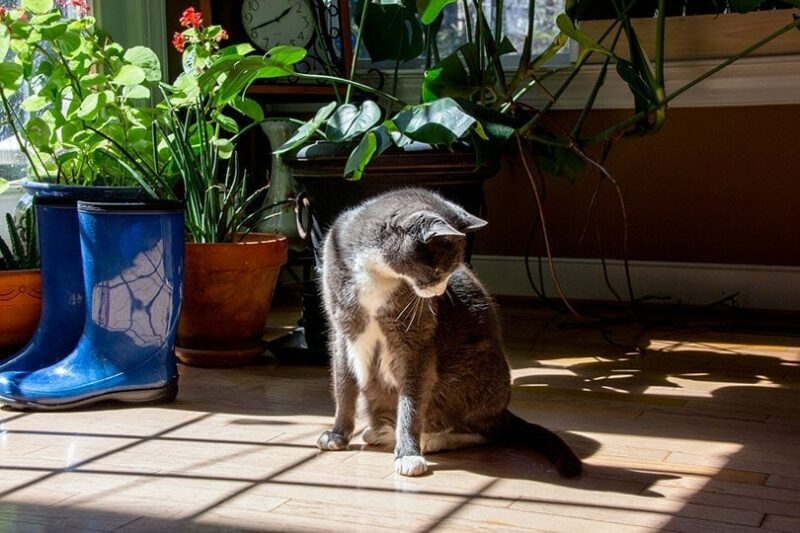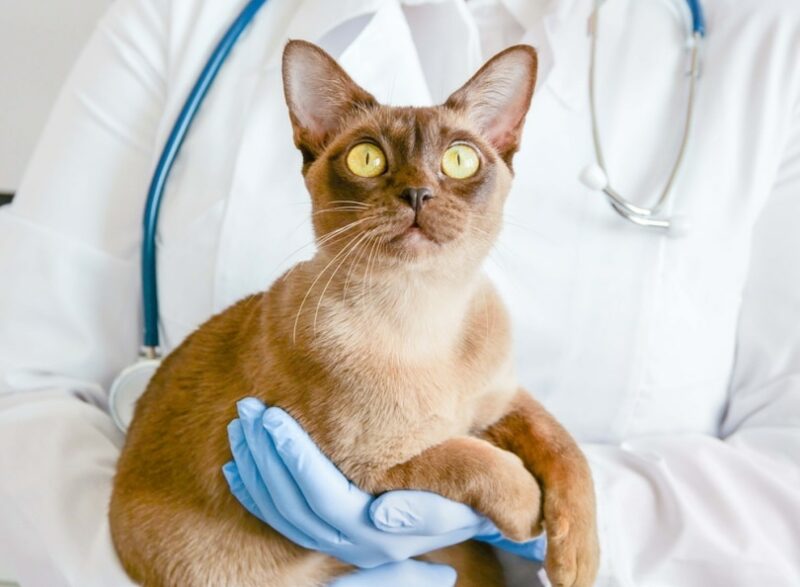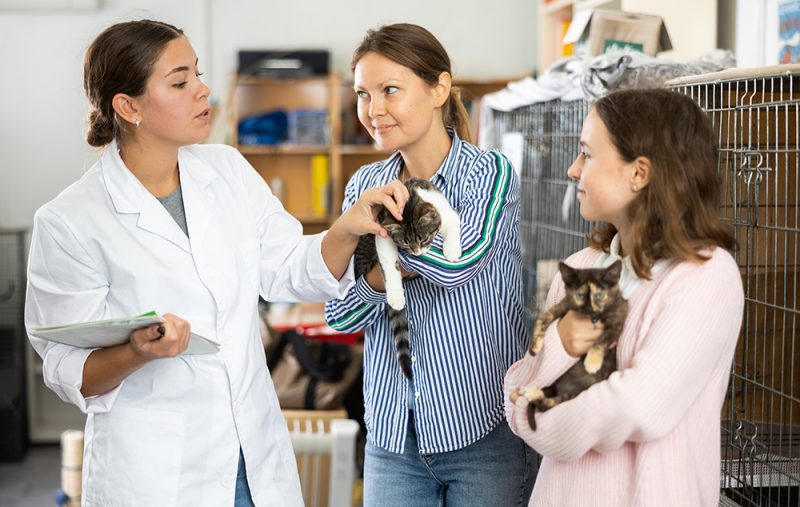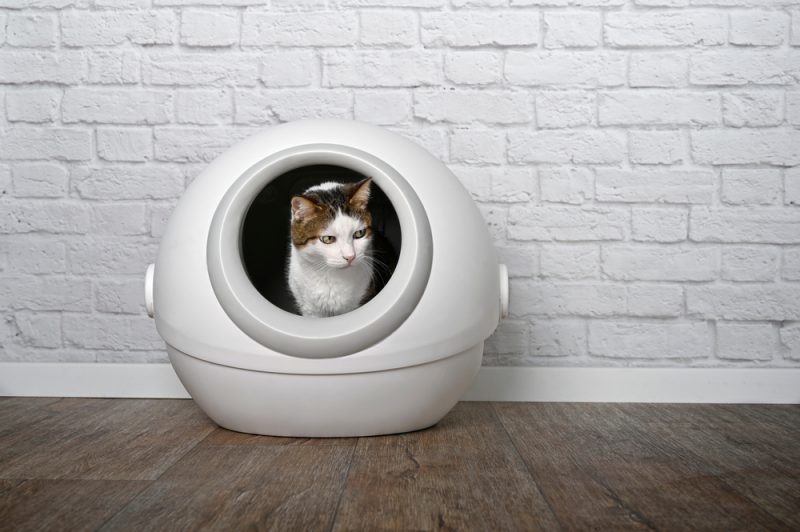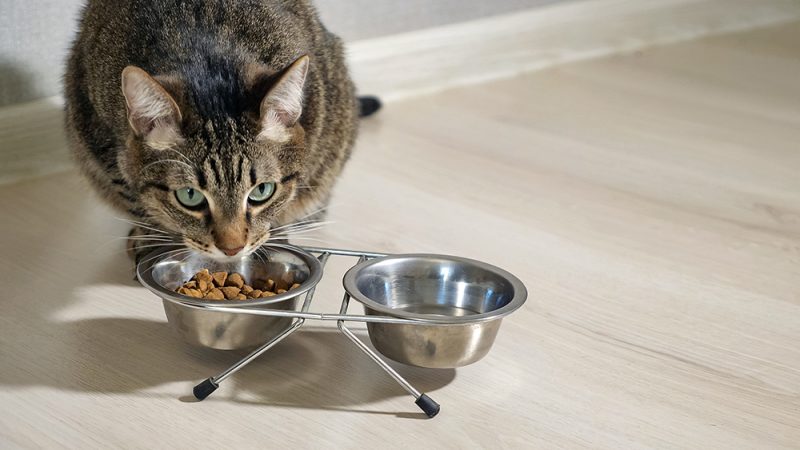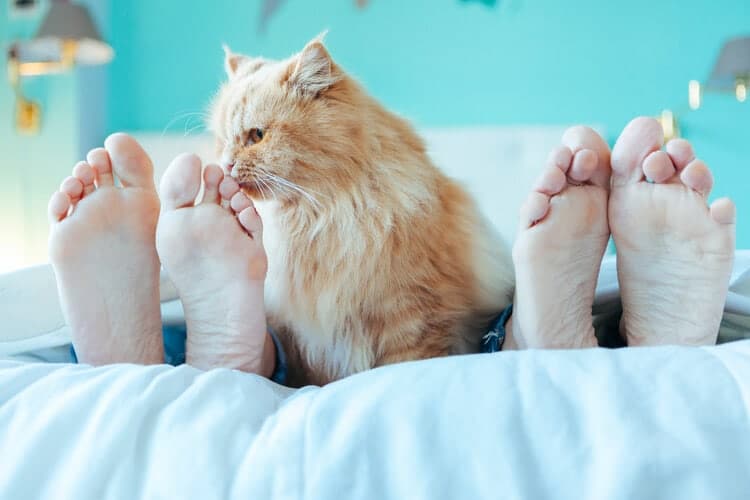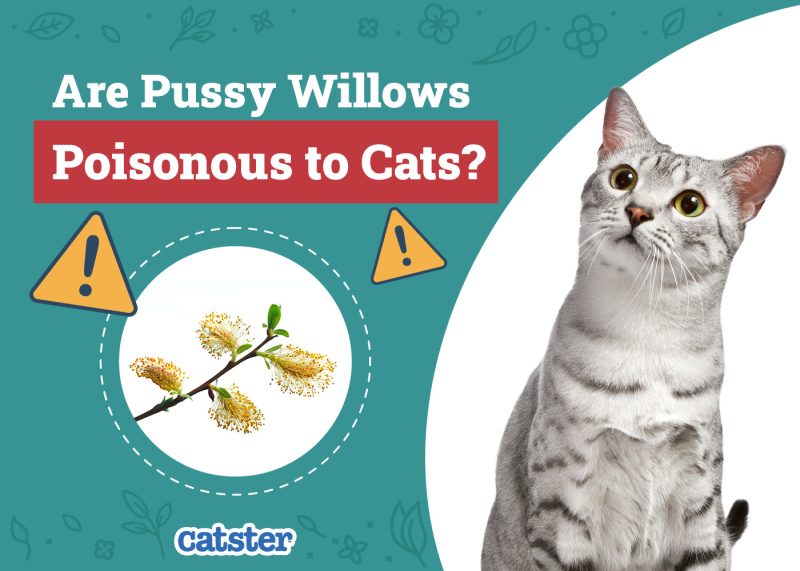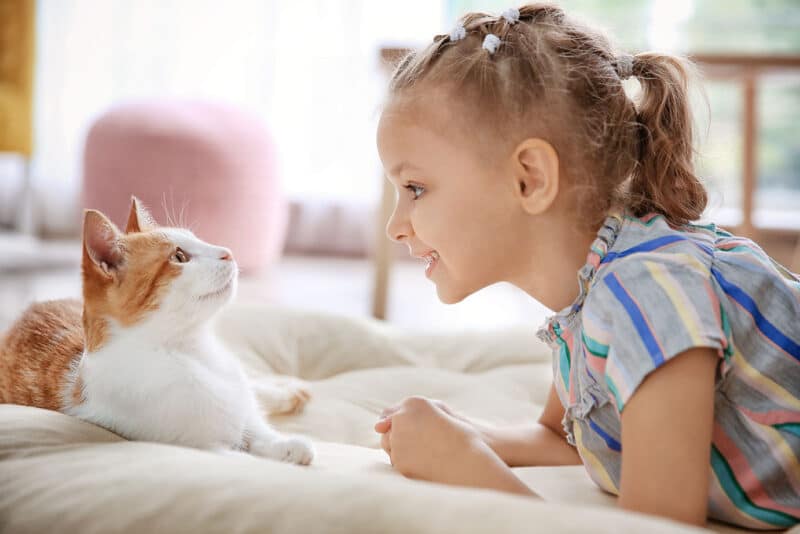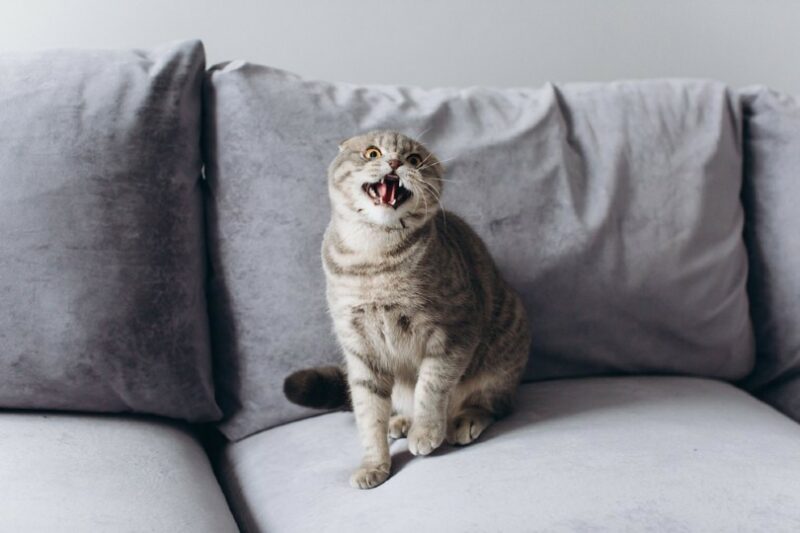Are you wondering why your cat chases their tail? Cats may be set in their ways, but they can surprise us from time to time. A cat playing with their tail can be completely normal, or it could be a health concern. It depends on how your cat interacts with their tail.
In this post, we’re sharing seven reasons why your cat plays with their tail. If it’s a medical concern, we’ll help you figure out the next step.

The 7 Reasons Why Cats Play with Their Tails
1. Fun
Boredom comes easily for the housecat life. But our cats want to have fun too! The tail is perfect because it slithers back and forth in a snake-like pattern, providing the perfect opportunity for playtime. Older cats may not show interest in their tails, but kittens definitely do.
What to Do:
Playing with the tail isn’t an issue, but it could be a sign your cat needs a toy or cat tree. Offer various toys, scratchers, and climbing places to help relieve your cat’s boredom and stress.
Looking for toys that will cater to the many needs of your cat? The Hepper Hi-lo Cat Scratcher is one of our favorite cat products, and it will encourage your cat to get active. Its clever three-angle design offers multiple ways for your cat to climb, stretch, and exercise. Made of a sturdy plywood base and a replacement cardboard insert, this scratcher is an option that cats can enjoy for years to come. If your cat requires a little encouragement for self-play, the Hepper Catnip Mice Toy Set is a fantastic choice for their instinctual needs. Made with natural, bite-resistant hessian fabric and filled with organic catnip. Cats can satisfy their natural prey instincts while getting the physical activity they need to thrive.
| Image | Product | Details | |
|---|---|---|---|
Great for Exercise

|
Hepper Hi-Lo Cat Scratcher |
|
Check Price |
Encourages Self-Play
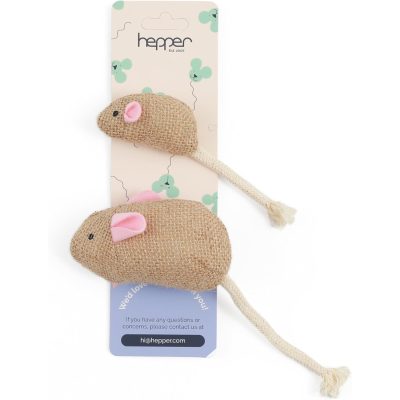
|
Hepper Catnip Mice Toy Set |
|
Check Price |
At Catster, we've admired Hepper for many years, and decided to take a controlling ownership interest so that we could benefit from the outstanding designs of this cool cat company!
2. Irritated Skin
It may look like your cat is playing with their tail, but it could be itching and scratching due to dry or irritated skin. Your cat can have dry skin for several reasons, like weather changes, diet, and humidity levels. Dry skin often comes and goes. Classic signs of irritated or dry skin include:
- Dandruff
- Red skin
- Dull coat
- Fur loss
- Scabs and sores
- Excessive grooming
What to Do:
If your cat’s dry skin is mild, you can quickly soothe this with coconut oil and consider adding fish oil to your cat’s food. Severe dry skin should be seen by a veterinarian.
3. Allergies
Dry skin and allergies can go hand in hand, but they’re not always caused by the same thing. Four types of allergies can affect your cat: insect, diet, inhalant (dust, mold, etc.), and contact.
The signs vary based on what type of allergy your cat has. Usually, inflammation of the skin is a common sign of food allergies, so you’ll notice your cat scratching themselves everywhere, including their tail. Other signs of allergies can include eye and nasal discharge, coughing and sneezing, and possibly GI upset if the allergy is severe enough.
What to Do:
If you suspect that allergies are behind this behavior or you are concerned about your cat constantly scratching, take your cat to the vet for testing. They can help formulate a treatment plan based on your cat’s allergy.
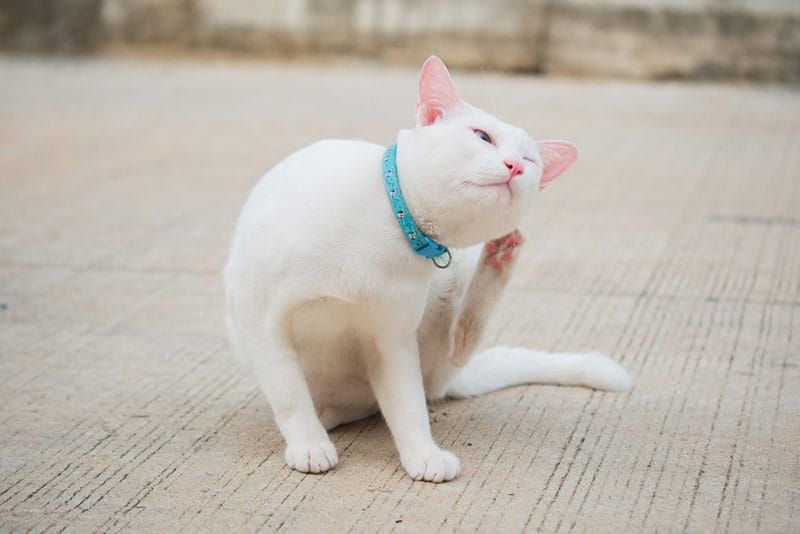
4. Fleas
Fleas are little insects that like to live, feed, and mate on our cats, including the tail. Indoor cats are just as susceptible to fleas as outdoor cats, but outdoor cats can be more prone to infestations. Still, even a few fleas can bother your kitty, causing itching and scratching.
What to Do:
To kill the fleas, consult your veterinarian for advice on the most suitable medication. Although most medications are available online or in pet stores, the vet will be able to tell you what specific product is best for your cat. Flea-and-tick cat shampoo can also help.
If you need to speak with a vet but can't get to one, head over to PangoVet. It's an online service where you can talk to a vet online and get the advice you need for your pet — all at an affordable price!

Keep in mind that getting rid of fleas needs to involve the environment because their eggs go everywhere. At home, you will need to thoroughly sanitize clothing, linens, rugs, and pet items in hot water. Vacuum and shampoo the carpets, and don’t forget all the edges around your furnishings.
5. Stud Tail
Supracaudal gland hyperplasia, also known as stud tail, is typically seen in intact male cats but can occur in female cats. This is when the supra caudal gland at the base of the tail secretes abnormal amounts of an oily, waxy substance called sebum. This could be why your cat is fixated on their tail.
What to Do:
Stud tail doesn’t cause any major problems unless the area becomes infected. Still, it’s best to have your cat checked out by your vet, anyway, to ensure that there’s no infection. An antiseborrheic cat shampoo can help remove oily residue and prevent future complications.
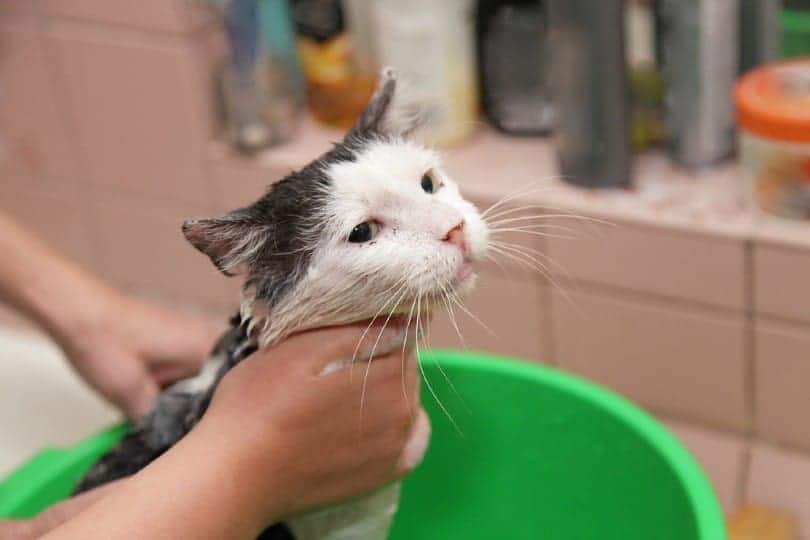
6. Injury
Cats can easily injure their tails, even if they keep them in perfect question mark shapes. A few common tail injuries include skin infections, bite wounds, abrasions, and fractures. Your cat can also develop post-traumatic injuries like spinal arthritis. Any injuries can result in your cat messing with their tail more than usual.
What to Do:
If your cat’s tail was recently injured, you might notice signs like redness, heat, pain, and inflammation. Your cat won’t let you touch their tail and may even be aggressive.
Try to look at your cat’s tail and see if you notice any of these signs. It’s time to call the vet if you do.
7. Hyperesthesia Syndrome
Hyperesthesia syndrome is a high sensitivity to the skin on the back and base of the tail. Your cat may suddenly react if you try to touch this area, even when grooming, and they will try to scratch and dig. Sadly, this can result in serious injury. Some cats chase their own tails due to the discomfort.
What to Do:
Fortunately, this health issue can be managed with proper veterinary care. Your veterinarian will want to rule out other causes before starting treatment, though. If hyperesthesia syndrome is the culprit, your vet will prescribe medications to help with pain and mood.
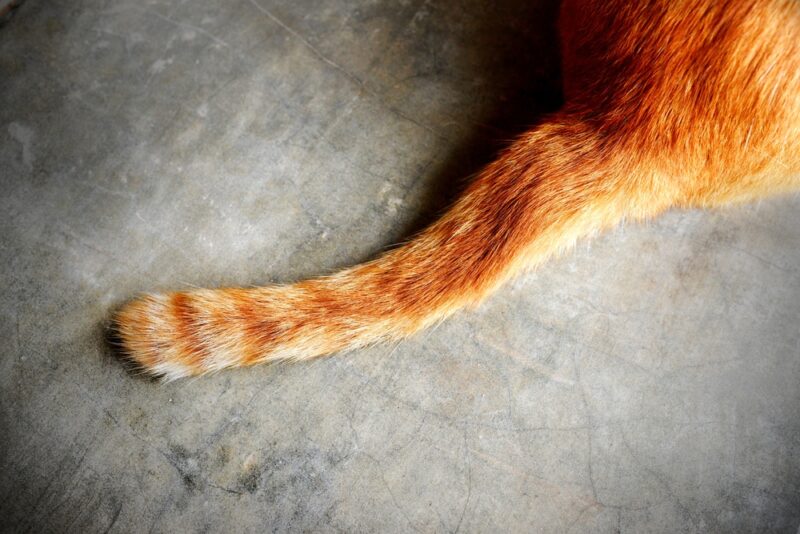

Does This Mean Cats Like Their Tails Touched?
So, you’ve noticed that when your cat is bored, they like to play with their tail. Does this mean you can touch the tail whenever you want? No, not exactly.
The tail is a sensitive part of the cat’s body, as it is part of the spine. Most of the time, cats only like the base of the tail touched and occasionally, a fast tail stroke. Withhold from messing with your cat’s tail, and use a toy instead. Otherwise, your cat can become annoyed and might not want to play with you. Some cats might respond aggressively if you insist on handling their tail.

Conclusion
There you have it: seven reasons that cats play with their tails. Sometimes, it is only out of pure boredom. Other times, it can be a health issue.
Watch out for any itching and scratching, and pay attention to how your cat reacts when you touch the base of the tail. If all is well, your cat is probably only having fun.
Featured Image Credit: Salomé Guruli, Unsplash
